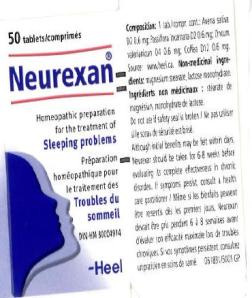So last week I noticed, with more than a little consternation, that the Vancouver Sun has begun publishing a feature it calls Empower Health:
Better health is not a destination. Your health is a journey of small steps, things you can do to improve your mental and physical well-being.
Empowered Health is a new locally produced television program that shows you the path to better health with weekly tips on eating better, improving your fitness and navigating the minefield of the health care system and the dozens of complementary and alternative therapies and practices.
Those of you who don’t know much about Vancouver aside from the excellent work that the Vancouver Skeptics do here may be unaware that it is a city full of woo-woo nonsense. One can’t walk a city block without stumbling over a reflexologist or a chiropractor or some other snake-oil peddler trying to separate fools from their money. Because Vancouver has a large population of young, well-educated and upwardly mobile people, it has succumbed to the stereotypical west-coast syndrome of buying wholesale into “alternative” practices. Add to that a large immigrant population bringing practices from their countries of origin and a well-developed sense of fascination with anything “exotic”, and you have a perfect recipe for this kind of hucksterism.
Now, ordinarily the only thing I read the Sun for is local news and Canucks coverage, but I figured I wouldn’t be doing my duty as a local skeptic if I didn’t take a swing at the glass jaw they’re dangling out there. So I will try, every week, to digest the claims made in these articles. [Read more…]



